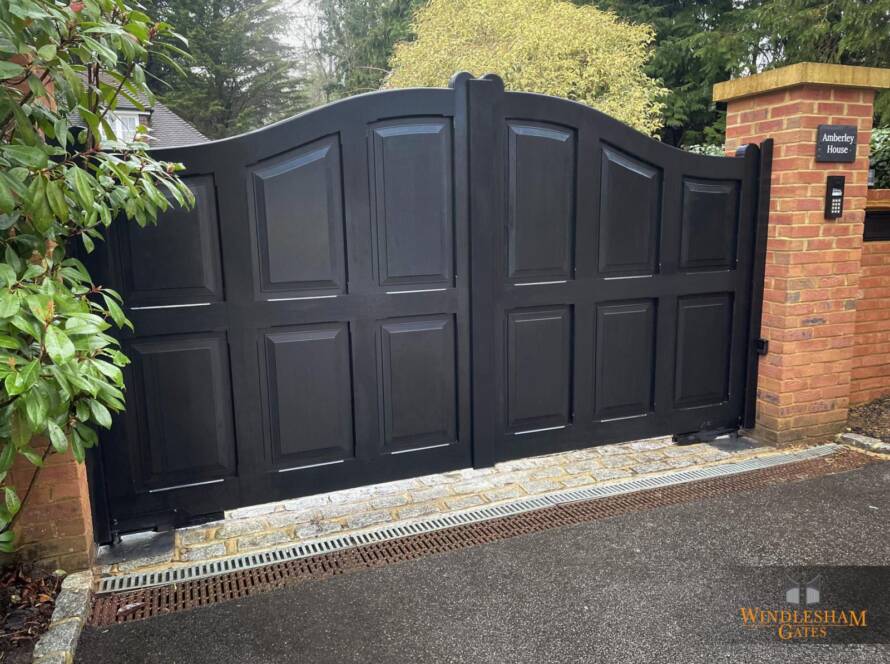Automatic gates are quickly becoming the home improvement everyone wants for their driveway. These gates employ various sensors to ensure smooth and safe operation. In this blog, we will explore the different types of automatic gate sensors and how they work.
1. Photoelectric Sensors
Photoelectric sensors are the most commonly used sensors in automatic gates. They operate by emitting a beam of infrared light between a transmitter and a receiver. When an object obstructs the beam, the sensor detects the interruption and signals the gate to stop or reverse its movement.
These sensors are installed at a specific height, typically a few inches above the ground, to ensure accurate detection. Photoelectric sensors are highly reliable and can detect objects of various sizes, making them suitable for most gate applications.
2. Inductive Loop Sensors
Inductive loop sensors use loops of wire embedded under the ground beside the gate. The wire loops create an electromagnetic field. When a vehicle or metallic object passes over the loop, it disrupts the electromagnetic field, and the sensor sends a signal to the gate control system. This signal prompts the gate to open or close accordingly.
Inductive loop sensors are commonly used in areas with heavy traffic or where quick and precise gate operation is necessary. While they are primarily used for vehicle detection, they can also be adjusted to detect pedestrians.
3. Pressure Sensors
Pressure sensors are typically used in gates that are specifically designed for pedestrian access. These sensors are placed in the ground and work based on the change in pressure or weight applied to them. When someone steps on the pressure sensor, it triggers the gate to open, allowing the person to enter.
Pressure sensors are ideal for controlling gates in areas where only foot traffic is permitted, such as residential buildings or commercial complexes. However, they are not suitable for vehicle access control.
4. Magnetic Sensors
Magnetic sensors work by detecting changes in the magnetic field. These sensors are commonly used in sliding gates or barriers. They consist of a magnet and a switch. When a vehicle or object passes close to the sensor, it induces a change in the magnetic field, activating the switch and signaling the gate to open.
Magnetic sensors are reliable and effective, providing a hassle-free gate opening experience. Like loop sensors, they are primarily used for vehicle access control.
Conclusion
Automatic gate sensors play a vital role in ensuring the security and smooth operation of automatic gates. Whether it’s photoelectric sensors, inductive loop sensors, pressure sensors, or magnetic sensors, each type serves a specific purpose and offers unique advantages.
By employing the right combination of sensors, automatic gates can efficiently detect and respond to objects, whether they are vehicles or pedestrians. This technology continues to evolve, enabling us to enjoy more convenience and safety in our everyday lives.



